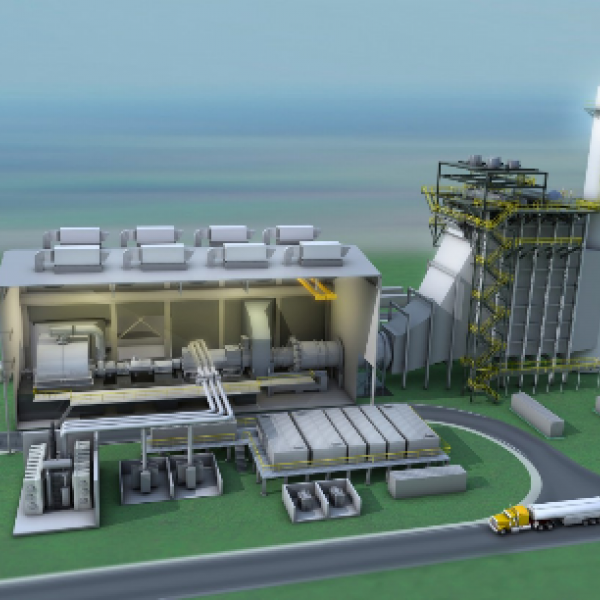Energy systems and plants involve essential technologies for modern society, both for the satisfaction of primary needs (eg lighting, transport, industrial processes, etc.) and for the realization of a variety of services including communication at various levels (eg . electronic devices and PCs, cellular communications, 4G and 5G broadband network, etc.).
The teaching of energy systems requires the knowledge of elements of thermodynamics and applied fluid dynamics, such as: Principal thermodynamic plans. Closed and open system; work exchanged; technical meaning of the 1st and 2nd principles of thermodynamics. Isobaric, isochoric, isothermal, adiabatic, polytropic transformations. Returns: ideal, limit and real; adiabatic and polytropic performance. Equation of energy and work in thermodynamic or mechanical form, for driving or operating machines.
Among the technologies for energy generation, a fundamental role is played by alternative internal combustion engines, for which the theoretical and technological bases are addressed: Mechanical scheme and thermodynamic cycles of reference. Four and two stroke engines. Compression-ignition and positive-ignition internal combustion engines. The great marine engines. Carburation and injection. Ideal and real distribution. Abnormal combustion, detonation and pre-ignition. Evaluation of the delivered power and its regulation. Supercharging systems.
Power generation plants still make extensive use of steam cycles, which are dealt with in their basic setting but also with technological detail, in particular: methods for improving the efficiency of steam cycles; regeneration; general aspects of the circuit. Steam cycle components: turbines and expansion channels; the capacitor; the degasser; regenerative mix and surface exchangers; condenser vacuum ejectors; steam generators: natural circulation and assisted and forced circulation.
A fundamental role both for air propulsion and for stationary generation of low emission and high flexibility electricity is played by gas turbine and combined cycle plants. Gas cycles: ideal and real simple cycle; conditions of maximum performance and maximum useful work. The ideal and real regenerated cycle and performance; the cycle with ideal and real intercooling and performance; the cycle with ideal and real re-combustion and performance. Combined cycles: outline of the types of combined cycles; the recovery boiler at a pressure level, the pinch point and subcooling; the performance of combined cycles.
All prime movers can be used in the cogeneration of electricity and heat. Micro-cogeneration technologies. District heating and thermal storage.
Finally, many technologies for the exploitation of renewable and sustainable sources can be considered "energy systems", both for the "mechanical" nature of the organ that collects energy from the environment, and for the presence at times of thermodynamic cycles for the thermal energy conversion. In particular: hydroelectric plants and pumping systems. Wind farms. Geothermal plants, concentrated solar energy plants, biogas plants, biomass plants.
Docenti
- Aristide F. Massardo
- Loredana Magistri
- Alberto Traverso
- Mario L. Ferrari
- Alessandro Sorce
- Massimo Rivarolo
- Matteo Pascenti
Laboratori
- Thermochemical Power Group and Rolls-Royce UTC laboratory
- Innovative Energy Systems Lab
- Laboratorio cicli chiusi innovativi




